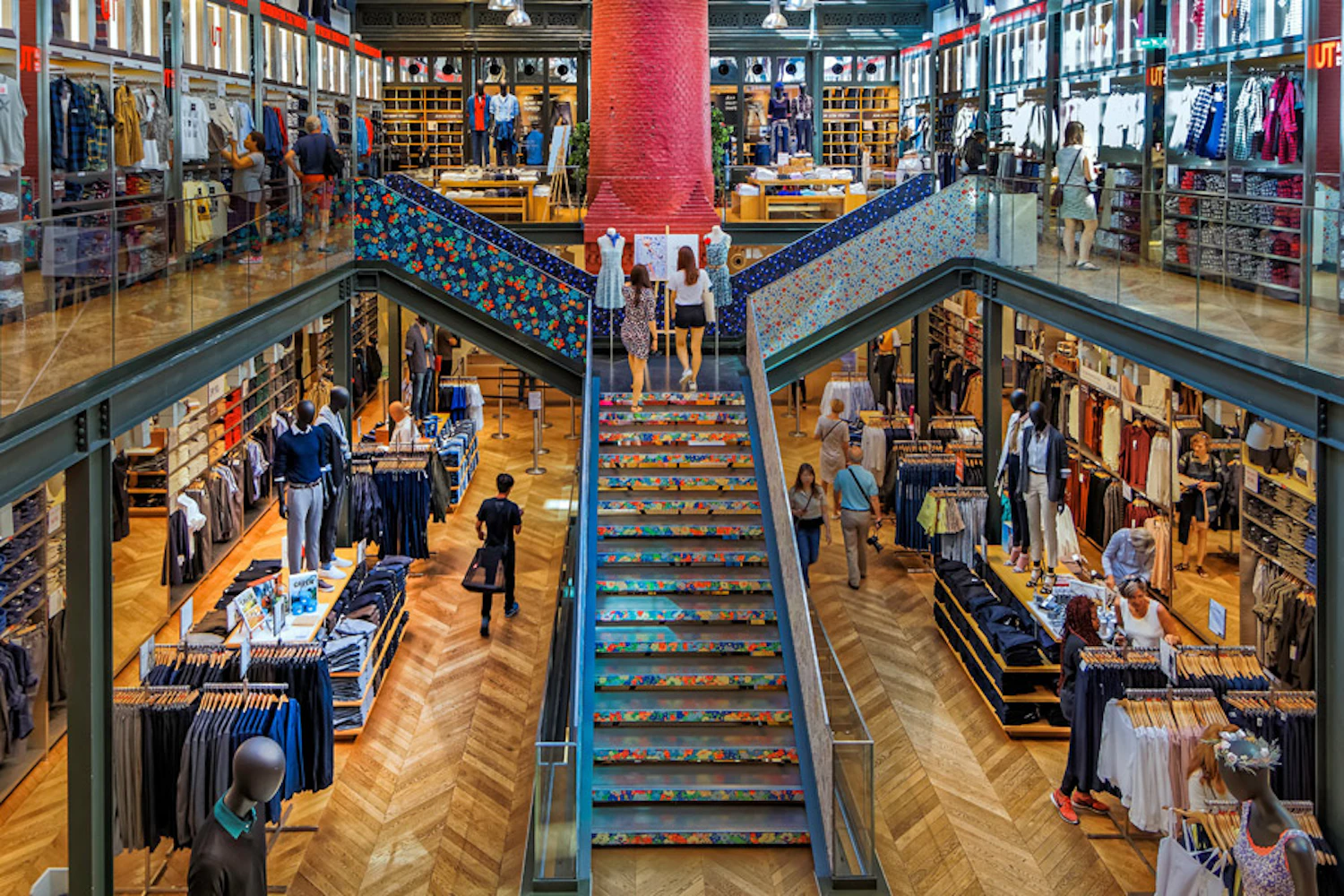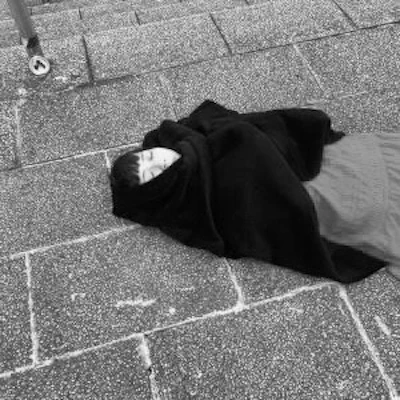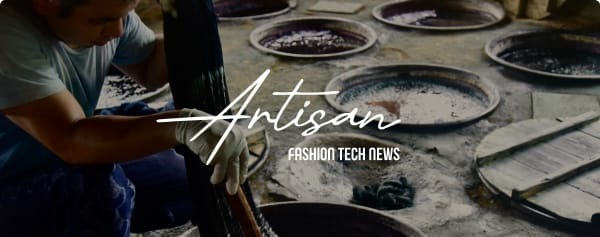12.15MON
Relay Column: "Fashion" as a Disease (Shihoko Ansai)

PROFILE

Shihoko Ansai
Born in 1990, Shihoko Ansai is a part-time lecturer at Yokohama National University, currently enrolled in the doctoral program at Tokyo Institute of Technology (Asa Ito Lab) after working in various companies. In the past, she has researched the intimacy between clothing and the body, focusing on the themes of psychiatry and fashion, in addition to translating works on fashion and writing papers, presenting at academic conferences both domestically and internationally. Currently, she is exploring the potential of alternative fashion studies from the perspectives of "tactility in clothing" and "clothing as care."
researchmap
Fashion is dominated by visual power. In fact, it is said that during the 1960s, when television began to spread, cases of "anorexia" started to increase due to envy of beauty[1]. At the same time, the "system" of fashion was established in the modern era, a time marked by the development of industries and industrialization, during which technologies such as transportation methods, printing, and communication evolved, gradually encroaching upon people's lives.
Hannah Arendt suggested that modernity is an age where bios (social life) and zoe (biological life) are intricately intertwined. Our existence is not entirely dominated by power but includes an irreplaceable life (bios) shared with others and the world, alongside the life (zoe) necessary for sustaining life. Furthermore, according to Jean-Luc Nancy, we are managed by "technology," which he describes through the concept of "ecotechne (techno-biosphere)." Everything, including sovereignty, is contained within this ecotechne, and our existence moves forward without purpose.
This article is for members only.
Please register to read the rest of the article.
What you can do with a membership
- Read members-only articles
and use text-to-speech. - Unlimited article favourites
and browsing history. - Attend members-only events.
- Get the latest information
with our email newsletter.
RELATED ARTICLES
CONCEPT VIDEO
"fashion tech news" Unveils New Logo & Concept Video
CONTACT
If you have any questions or enquiries, please enter your details in the form below.








.jpg?w=400&fm=webp)

.jpeg?w=400&fm=webp)







.png?w=400&fm=webp)

